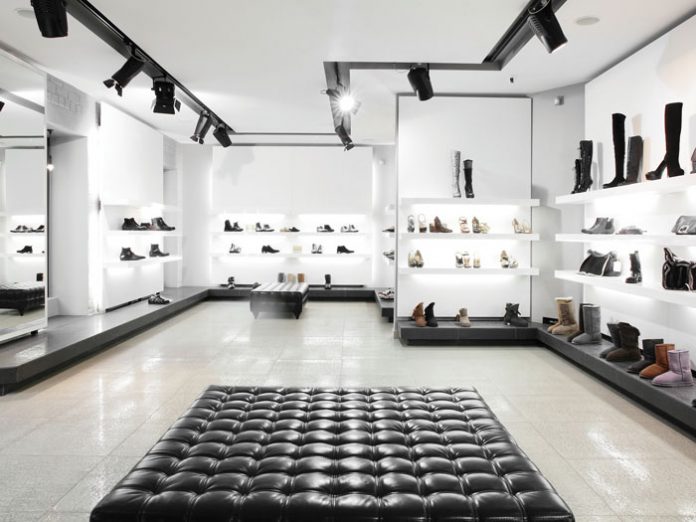Have you heard about Palessi? It’s only the trendiest new shoe store in town. Brand-new, filled with quiet elegance, avant-garde sculptures and minimalist glass shelves, the refined team of sales associates murmur, “Welcome to Palessi” whenever a customer walks through the door. And they don’t push their products; they let the products talk for themselves.
Palessi took over a former Armani store in Santa Monica and completely revamped it. To help them celebrate what they represent—namely, a step forward in the world of high-end shoes—they invited famous social influencers, fashionistas with fervent social media followers, to attend their much-anticipated grand opening.
Their guests arrived when they opened the doors, stylishly turned out for the occasion. And within the first few hours, the shoes and boots and everything in between were flying off the shelves at an average price of $600 per pair. That first wave of customers earned the new boutique over $30,000, but more important were the rave reviews.
“You can see right away the high-quality materials they used,” said a male customer who referred to himself as an Italian fashion designer.
“They are elegant,” said a female shopper. “They are sophisticated.”
“I just think these are so European, you know, so classy!” another woman gushed, clutching a pair of heels.
“I can definitely wear these to, like, a Met gala,” said one social influencer, holding aloft a pair of sparkly booties. She handed them to the cashier. “I’ll take these.”
The cashier rang up her purchase and then slipped the shoes into a chic shopping bag with the name “Palessi” embossed on the side.
Everything was going swimmingly for the shoe store and the happy customers alike. There were no problems. Well, there was one problem. One teeny-tiny little totally-not-a-big-deal issue.
Palessi was actually Payless, the Kansas-based discount shoe-store chain squatting in every neighborhood in New York I’ve ever lived in, its narrow aisles littered with shoe boxes, baby strollers and cheap shoes. You know what I’m talking about—the one with the permanent “Buy One Get One Free!” sign in the windows. It was Payless that took over the former Armani store and stocked its shelves with shoes that normally go for $30 a pop. They just added another zero. And changed the three to a six.
Payless had pulled an elaborate hoax on an unsuspecting public, but it was also a social experiment—and a pretty successful one too.
What’s a Social Experiment?
An experiment that isn’t conducted in a sterile laboratory but on real people in the real world can offer a more accurate understanding of how human beings think and act in certain situations. In fact, social experiments are considered the “gold standard” for program evaluation and reform processes.
While social experimentation used to be limited to the experts, anyone with a camera can conduct and publish his own findings. Regular people have been doing this for years now, answering a variety of tough questions. Would the average person on the street reach out to help a child without a coat on a winter’s day? Would he return a $20 bill, given the chance? Would he stop someone who wanted to end his life? How would you act if you thought no one was watching? What would you do if an underage teen asked you for a light for a cigarette if you yourself were smoking?





















